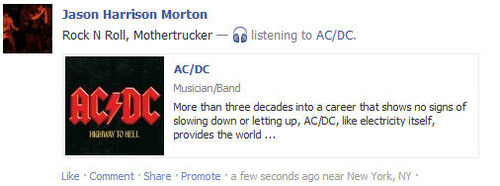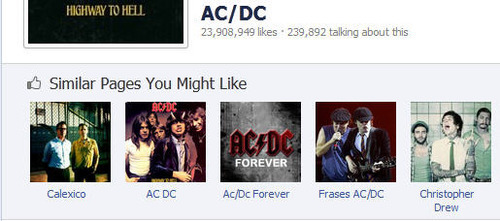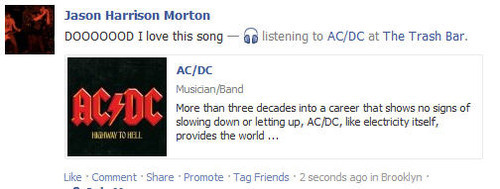Facebook goes emo: How new actions effect EdgeRank
Facebook emoticons saw a wide rollout this month, but why should brands care? New approaches to EdgeRank may be why.
Because there’s always better, more comprehensive ways to “like” something, Facebook this month rolled out what’s being called “visual sharing” - and emoticons - directly into status updates.
The shortlist for what Zuckerberg’s crew thinks users may be doing includes drinking and eating; reading, listening or watching; and feeling. This, naturally, could lead to increased shares of brand Facebook pages. And, to most online/social marketers, that should be good enough bait to herald this new development.

HOWEVER, there’s an added layer of complexity that should be considered when looking at Facebook’s new, expressive statuses.
How emotions & actions may effect EdgeRank
EdgeRank, the algorithm that dictates when and if stories appear in newsfeeds, remains unrevealed in its entirety. Facebook offered a glimpse into EdgeRank in 2010, though, so we know time, relationships and engagement all factor in.
In regards to the latter, it’s been suggested a comment might outweigh a like, and a share could outweigh a comment. (These are all referred to as Edges.) For Facebook statuses, it stands to reason - in an amended EdgeRank taking into account emotion - they could take precedent over all three.
To put that in context, let’s look at my post again:

EdgeRank knows I took the time of selecting the “listening to” option, searching the band and writing the status. Given the effort, an amended version of the algorithm may place an Edge like mine ahead of a simple status like “AC/DC rulz” or an empty status tagged “listening to music”.
So, let’s take a look at just who EdgeRank would be prone to show this to:
People who stalk me on Facebook
Friends who ‘like’ AC/DC
People who like things similar to AC/DC based on Facebook’s informed opinion:

However, the new activity types bake in another ingredient to the pie, where - very likely - it might display to:
Friends who frequently post listening activity
In a more broad way, this could extend to target particular stories to:
People who interact when you more when you’re [sad] [happy] [lazy]

Graph Search
Although Facebook’s recommendation engine is definitely still in its infancy, these new actions and emotions will likely play into it, especially as the Graph Search becomes more robust.
For example, if we take my post about feeling amazing, Graph Search would probably rank me highly in “Friends who like AC/DC”. In fact, I’d probably rank higher than people who merely 'like’ the page, making me a brand champion.
Graph Search could eventually pick up on sentiment through wording as well, making this a valuable endorsement, even if I don’t 'like’ the page:

Further implications of Facebook emotions
Finally, we can also see emoticons/activities integrated into check-ins (only available on desktop at publication time). For example, someone could be “happy” they checked into a restaurant with their friends. Facebook could then leverage that information to develop its own quality rankings of the location. (It could also be more prone to show that to close mutual friends you didn’t invite - so watch out.)
Additionally, Facebook could begin to associate things in new ways. For example, if I posted something like this:

Facebook could start suggesting The Trash Bar to friends of mine who like AC/DC - OR, perhaps more importantly, people who like AC/DC who live in Brooklyn.
So, despite it seeming like a cosmetic move or extraneous Facebook 'improvement’, these new emotions and actions could become significant for business rankings, plus for how EdgeRank and Graph Search determine placement, and which local businesses get promoted.
-Jason Morton works for MRY’s owned media department in New York City and provides strategy for search and community management. He hopes if AC/DC shared this post, they’d put a ‘Happy’ emoticon next to it.